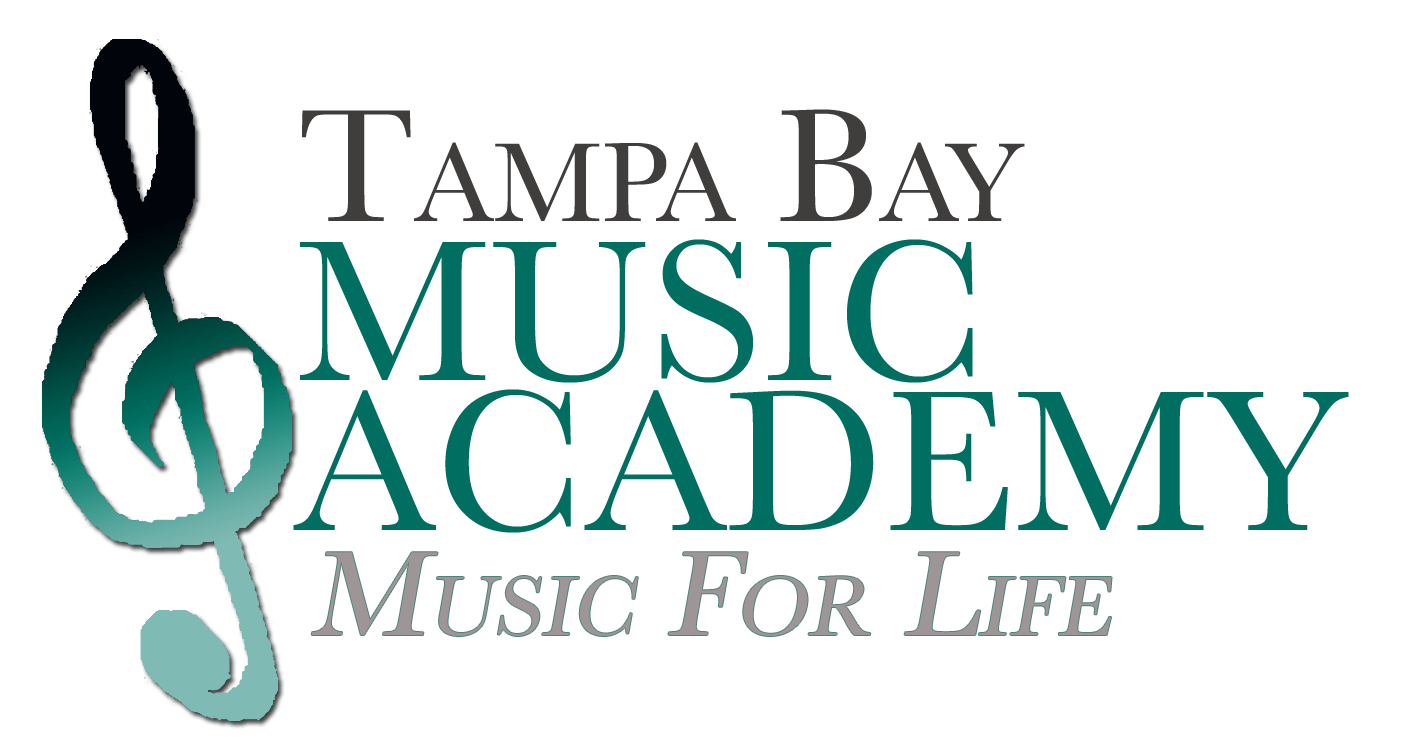
Look over the piece before you start.
Watch for key changes, accidentals, repeated sections, and musical notations. Make a mental note of these spots and even mark them with a pencil if it helps. You may not get every note the first time, but at least you won’t be playing in the wrong key.
Keep going, no matter what.
Practice with a metronome to force yourself to stay with the tempo. If you make a mistake, keep going. Even if you have a train wreck, jump back in as quickly as possible; don’t stop and start over. You’re developing the ability to play through mistakes while still maintaining the overall feel of the song.
Practice scales and arpeggios until they become second nature.
Scales and arpeggios weren’t just invented to torment music students. They’re important because they help you learn to play common note patterns within a key. If you master the scales and arpeggios for all the major and minor keys, you’ll never again be thrown for a tailspin when one suddenly pops up in your music.
Learn to play without looking at your hands.
This tip is primarily for pianists, of course. Looking at your hands pulls your eyes away from the music and sets you up for mistakes. Practice playing by feel as much as possible.
Look ahead in your music.
When your fingers are playing beat one of the measure, your eyes should already be looking ahead to beat three or four. Learn to play measure by measure, rather than note by note. That way, you’ll be less likely to miss accidentals and chord inversions.
Become a theory master.
Players who have a good grasp of music theory can look at a measure and see an E minor chord rather than just a bunch of notes. This allows your brain to see the structure of the music while your fingers fill in the gaps rather than forcing it to interpret every note.
Bonus Tip: Practice!!!!
You knew I was going to say it. So here it is. The only way to get good at sight reading is to practice, practice, practice. Use the tips above to plan your practice time and develop the essential skills needed to read music competently the first time through. Happy sight reading!
This is a TBMA original article written for our Tampa Bay Music Academy readership. If you find it to be helpful, we would love for you to re-post it on your blog. Please contact us first for permission. Visit our website home for information on finding a music teacher in Tampa, Odessa, Land O’ Lakes, Citrus Park, Westchase, New Port Richey, Lutz, Trinity, Keystone, or Tarpon Springs Florida who offers private piano lessons, guitar lessons, saxophone lessons, voice lessons, or music lessons in any other instrument proficiency category. TBMA teachers (piano, guitar, voice, woodwinds, brass, strings, percussion) pride themselves in a reputation for an uncompromising commitment to excellence and special care taken for every student. We remain absolutely committed to providing an outstanding enrollment experience beyond any other in the region. Call us today. We look forward to hearing from you!
